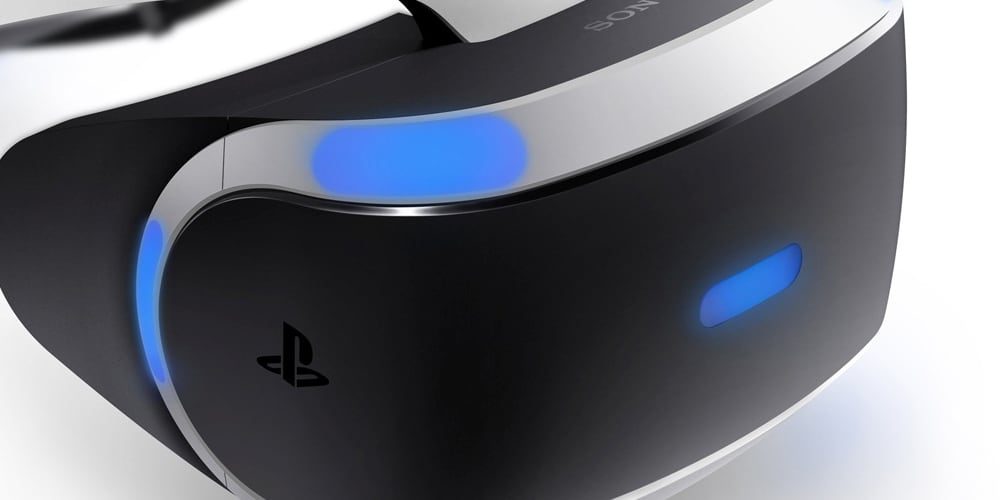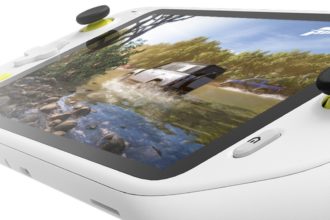Die goldene Lösung für Tracking-Methoden in Verbindung mit VR-Headsets scheint noch immer nicht endgültig gefunden worden zu sein. Momentan scheint hier HTC mit ihrem Room Scaling die Nase vorne zu haben, das mittels äußeren Sensoren die Position des Headsets erfasst. Das funktioniert bereits sehr gut, ist im Hinblick auf die Installation zu Hause aber noch immer kompliziert. Auch Sony scheint einen ähnlichen Ansatz verfolgt zu haben, wie kürzlich ein Patent dazu zeigte.
Einen Schritt weiter ist man da mit dem Inside-Out Tracking, was sämtliche Sensoren außerhalb komplett überflüssig macht. Hier kommt eine Tiefenkamera wie Intel´s Realsense-Technik zum Einsatz, welche die Umgebung in Echtzeit erfasst und dann virtuell neu generiert. Sony scheint nun ebenfalls in dieser Richtung zu forschen, wie ebenfalls ein aktuelles Patent zeigt. Dies wird wie folgt beschrieben:
„Methods, systems, and computer programs are provided for generating an interactive space. One method includes operations for associating a first device to a reference point in 3D space, and for calculating by the first device a position of the first device in the 3D space based on inertial information captured by the first device and utilizing dead reckoning. Further, the method includes operations for capturing images with a camera of the first device, and for identifying locations of one or more static features in the images. The position of the first device is corrected based on the identified locations of the one or more static features, and a view of an interactive scene is presented in a display of the first device, where the interactive scene is tied to the reference point and includes virtual objects.“
Auch Oculus Rift arbeitet derzeit an einem ähnlichen Verfahren, das vor einigen Wochen als Project Santa Cruz vorgestellt wurde. Um dessen Funktionsweise zu erklären, haben wir das folgende Video angehängt.
Mit einem neuen Tracking-Verfahren für PlayStation VR wird wohl frühestens mit dem Nachfolge-Headset zu rechnen sein, das definitiv kommen wird. Welche Technologie am Ende allerdings das Rennen macht, scheint derzeit noch völlig offen zu sein.







